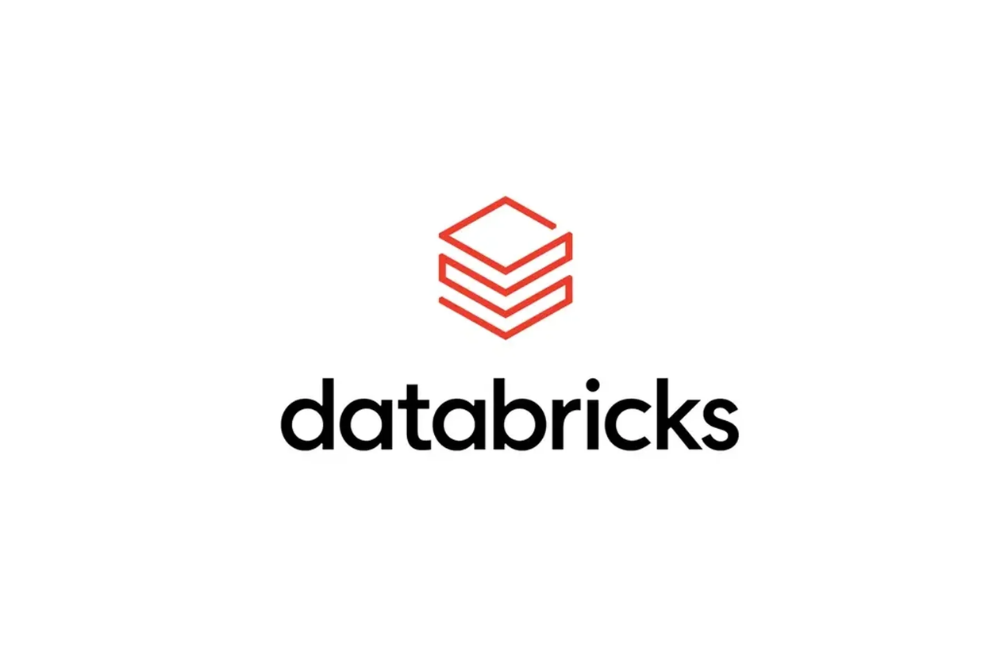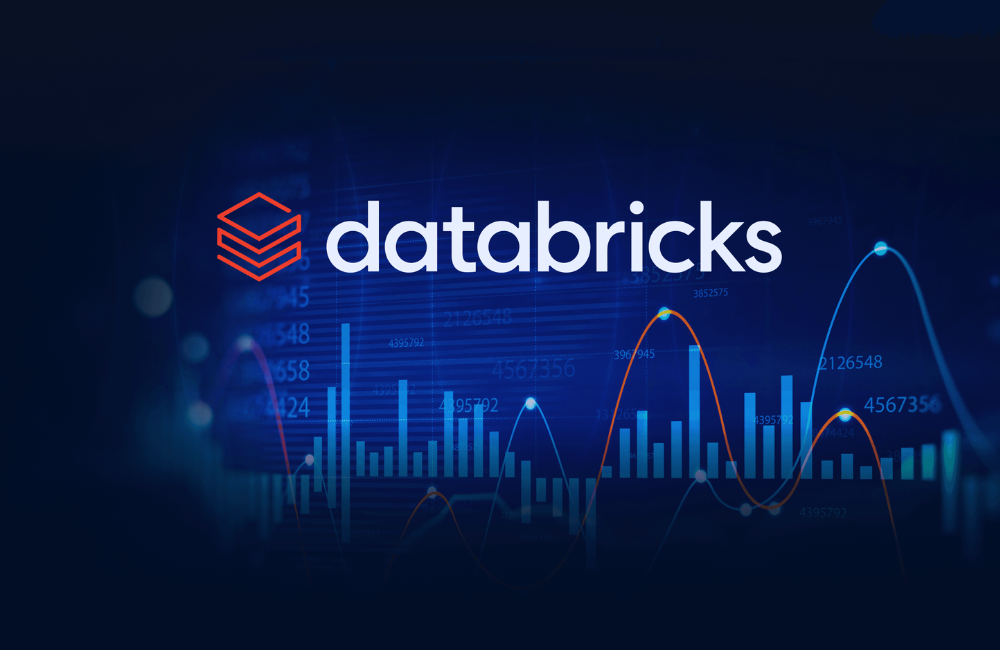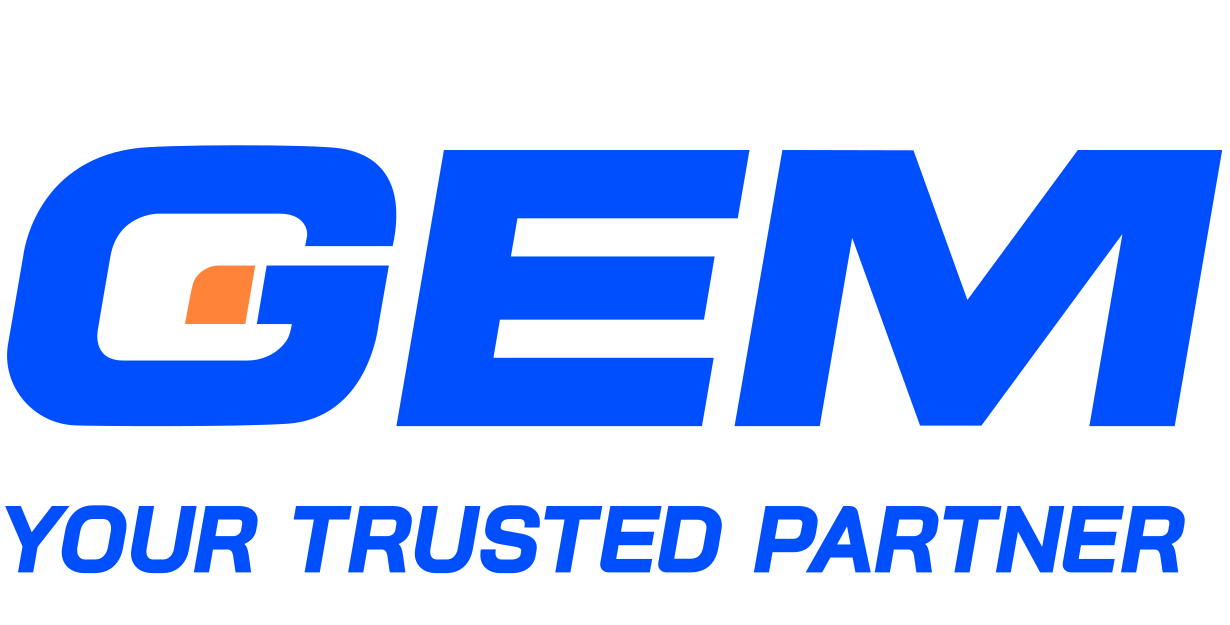Contents
As data volumes grow and analytics becomes central to decision-making, platforms like Databricks are gaining broader adoption across industries. The global data and analytics software market was valued at USD 141.91 billion in 2023 and is projected to reach USD 345.32 billion by 2030. Organizations are turning to Databricks to streamline workflows, improve collaboration across teams, and support scalable data infrastructure. This guide outlines what Databricks offers, how it’s being used, and why it’s becoming a foundational tool for modern data teams. Let’s walk through the key capabilities, use cases, and integration insights that matter for your business.
What is Databricks?

Databricks is a cloud-based platform designed to unify data engineering, data science, machine learning, and business analytics. Built on top of Apache Spark, it provides a collaborative environment for teams to build, manage, and operationalize data workflows at scale. The platform integrates with major cloud providers – AWS, Microsoft Azure, and Google Cloud, offering flexibility and scalability for enterprises with complex data needs.
At its core, Databricks is structured around the concept of the Lakehouse architecture, which combines the reliability and governance of data warehouses with the openness and scalability of data lakes. This makes it possible to store structured and unstructured data in a single system while supporting a wide range of analytics and machine learning workloads.
Databricks also includes native support for Delta Lake, a storage layer that brings ACID transaction support and schema enforcement to data lakes. With this foundation, teams can build robust, production-grade pipelines and simplify data operations across the enterprise.
What is Databricks used for?

Organizations use the Databricks platform to address a range of data and AI challenges, from building real-time pipelines to training large-scale machine learning models. Its flexibility and performance make it a core component in modern data stacks.
Common use cases include:
- Data Engineering: Building scalable ETL pipelines, automating data transformations, and managing batch and streaming data with Spark-native tools.
- Data Science and Machine Learning: Developing, training, and deploying AI/ML models using collaborative notebooks and built-in ML lifecycle tools such as MLflow.
- Business Intelligence and Analytics: Running SQL queries on large datasets, creating dashboards, and integrating with BI tools like Power BI or Tableau.
- Data Lakehouse Management: Unifying structured and unstructured data storage with Delta Lake, supporting governance, time travel, and version control.
- Cross-Team Collaboration: Enabling data engineers, analysts, and scientists to work in a shared environment, improving productivity and consistency.
Databricks is widely adopted in industries such as finance, healthcare, manufacturing, and retail, where rapid insights from diverse data sources are a strategic requirement. We’ll look into these cases later.
Key Capabilities That Set Databricks Apart

Databricks offers a tightly integrated environment for data and AI workflows, combining infrastructure, code, and collaboration tools into a single platform. Its architecture supports diverse teams working across data engineering, analytics, and machine learning, with a focus on performance and usability.
Key capabilities include:
Lakehouse Architecture
Databricks pioneered the Lakehouse concept, which merges the best of data warehouses and data lakes. This enables organizations to manage structured and unstructured data in one system, supporting analytics, data science, and real-time applications without the need for multiple data platforms.
Delta Lake
As a core component of the platform, Delta Lake adds ACID transactions, schema enforcement, and time travel to data lakes. This ensures data reliability and consistency, which is critical for production-grade pipelines and regulated environments.
MLflow for End-to-End Machine Learning

Databricks includes native support for MLflow, an open-source platform for managing the machine learning lifecycle. Teams can track experiments, package models, and deploy them into production with repeatability and transparency.
Interactive Notebooks and SQL Workspaces
Users can write code in Python, R, Scala, or SQL in collaborative notebooks that support real-time co-authoring. This improves cross-functional work between data scientists, analysts, and engineers.
Auto-scaling and Job Orchestration
Databricks automates cluster management and job scheduling, allowing teams to scale compute resources based on demand. This reduces operational overhead and improves cost efficiency.
Security and Governance
Features like Unity Catalog provide centralized access control, audit logging, and data lineage tracking – key for compliance and secure data sharing within and across teams.
Strategic Benefits of Using Databricks

Databricks is a strategic tool for organizations looking to modernize data operations and accelerate time-to-insight across business functions.
Unified Platform
Databricks consolidates the full data and AI lifecycle, from ingestion to model deployment. This reduces integration overhead and fosters consistent workflows across teams, improving collaboration and delivery speed.
Scalability
The platform is built to handle large-scale data processing and complex machine learning workloads. Whether dealing with petabyte-scale datasets or distributed model training, Databricks adapts to enterprise-level demands without compromising performance.
Operational Efficiency
With features like job templates, auto-scaling clusters, and low-code development tools, Databricks streamlines the creation of data products. Teams spend less time managing infrastructure and more time building applications and models that deliver value.
Data Accessibility for Diverse Users
Databricks supports both technical and non-technical users by offering SQL interfaces, visual tools, and collaborative environments. This broadens participation in data initiatives and reduces friction in insight generation.
Databricks Use Cases Across Industries

Databricks is designed to support a wide range of data-driven initiatives across sectors. Its adaptability, multi-cloud support, and collaborative workspace make it a valuable platform for building, deploying, and scaling data and AI solutions.
Data Engineering
Databricks platform simplifies the creation and management of large-scale data pipelines. Teams can ingest data from various sources – cloud storage, enterprise databases, APIs, and process it using Spark-native tools. The platform supports both batch and streaming data workflows, allowing organizations to build data lakehouses that consolidate historical and real-time data under one architecture. Features such as Delta Live Tables automate pipeline development and monitoring, reducing operational complexity.
Data Science & Machine Learning
Databricks offers a collaborative environment for data scientists and ML engineers to build and deploy models at scale. With built-in support for Python, R, and Scala, and compatibility with ML libraries like TensorFlow, PyTorch, and Scikit-learn, teams can experiment and operationalize models in the same platform. MLflow integration enables experiment tracking, model versioning, and lifecycle management, which simplifies governance and reproducibility.
Generative AI
The platform supports advanced generative AI use cases, including the customization and deployment of large language models (LLMs). Users can fine-tune foundation models like GPT or LLaMA on proprietary datasets using Databricks’ runtime for ML and access pre-built notebooks and tools for experimentation. This makes it possible to build domain-specific AI agents, chatbots, and content generation tools by leveraging internal data securely.
Real-time & Streaming Analytics
For industries that rely on time-sensitive insights, such as finance, logistics, or telecom, Databricks offers structured streaming capabilities. Organizations can ingest and process real-time data using Delta Lake and structured APIs, enabling use cases like fraud detection, predictive maintenance, or customer behavior analysis. The platform’s scalability ensures low-latency processing even under high data volumes.
Business Intelligence (BI) & Analytics
Databricks supports SQL-based analytics and integrates with leading BI tools such as Tableau, Power BI, and Looker. Users can create dashboards, run ad hoc queries, and access data through a governed lakehouse architecture. This allows both technical and business users to work from the same data source, improving consistency and trust in reporting.
How to Integrate Databricks Into Your Data Architecture?

Integrating Databricks platform into your existing data ecosystem requires thoughtful planning across infrastructure, workflows, and teams. The platform is designed to be compatible with a broad range of technologies, making it suitable for both greenfield and legacy environments.
1. Assess Data Sources and Storage
Start by mapping out your current data landscape – cloud storage (e.g., S3, ADLS, GCS), on-premise databases, and third-party APIs. Databricks can connect to most structured and unstructured sources natively, but understanding dependencies and data volume will help optimize pipeline design.
2. Define the Lakehouse Layer
Databricks works best when used as the foundation for a data lakehouse. Organizations can migrate existing data to Delta Lake or convert existing Parquet datasets to Delta format. This unifies batch and streaming data and supports diverse workloads from a single architecture.
3. Establish Data Pipelines
Using Databricks’ notebooks or workflows, you can create scalable pipelines for ingestion, transformation, and enrichment. Teams can standardize pipeline logic with Delta Live Tables and automate scheduling and failure handling with job orchestration features.
4. Enable Collaboration Across Teams

Databricks supports cross-functional collaboration through shared workspaces and version-controlled notebooks. Integrating identity access management and Unity Catalog ensures secure data access aligned with organizational roles and compliance needs.
5. Integrate with BI and ML Tools
Databricks connects with major BI platforms and supports model deployment via MLflow or external serving layers. This allows your analytics and data science efforts to plug directly into business systems or customer-facing applications.
6. Monitor and Optimize
The platform includes tools for monitoring job performance, usage patterns, and cost metrics. By analyzing resource utilization, teams can fine-tune compute clusters, scale workloads dynamically, and maintain operational efficiency.
Databricks can function as a central hub for your data operations or as a layer within a broader multi-tool architecture. With the right integration approach, it becomes a long-term asset for driving insights, automation, and innovation.
Why GEM is the Right Partner for Your Databricks Journey
GEM Corporation is a technology consulting firm with a strong footprint across Asia, delivering modern data, cloud, and AI solutions to enterprise clients. With deep expertise in digital transformation and scalable platform engineering, GEM helps businesses modernize their IT infrastructure and accelerate innovation. Our teams combine technical proficiency with industry understanding to build systems that support long-term growth and operational resilience.
As a certified Databricks consulting partner, GEM provides structured services to help organizations migrate, scale, and operationalize the Lakehouse architecture. We offer end-to-end support, from data pipeline automation and schema design to CI/CD workflows and ML model deployment, ensuring production readiness from day one. Our Customer 360 and Generative AI services unlock advanced use cases by unifying siloed data and applying machine learning in real business contexts. With platform governance, cost visibility, and access controls built-in, we position your data teams to operate efficiently and deliver business value at scale.
Conclusion
Databricks offers a unified approach to managing data engineering, analytics, machine learning, and generative AI. With tools that support collaboration, real-time processing, and scalable workloads, it serves as a backbone for data-driven operations across industries. From building a lakehouse to deploying models in production, Databricks brings structure and flexibility to complex data environments. Teams can accelerate delivery while maintaining governance and performance. To explore how Databricks can support your data strategy, contact GEM’s experts today.





